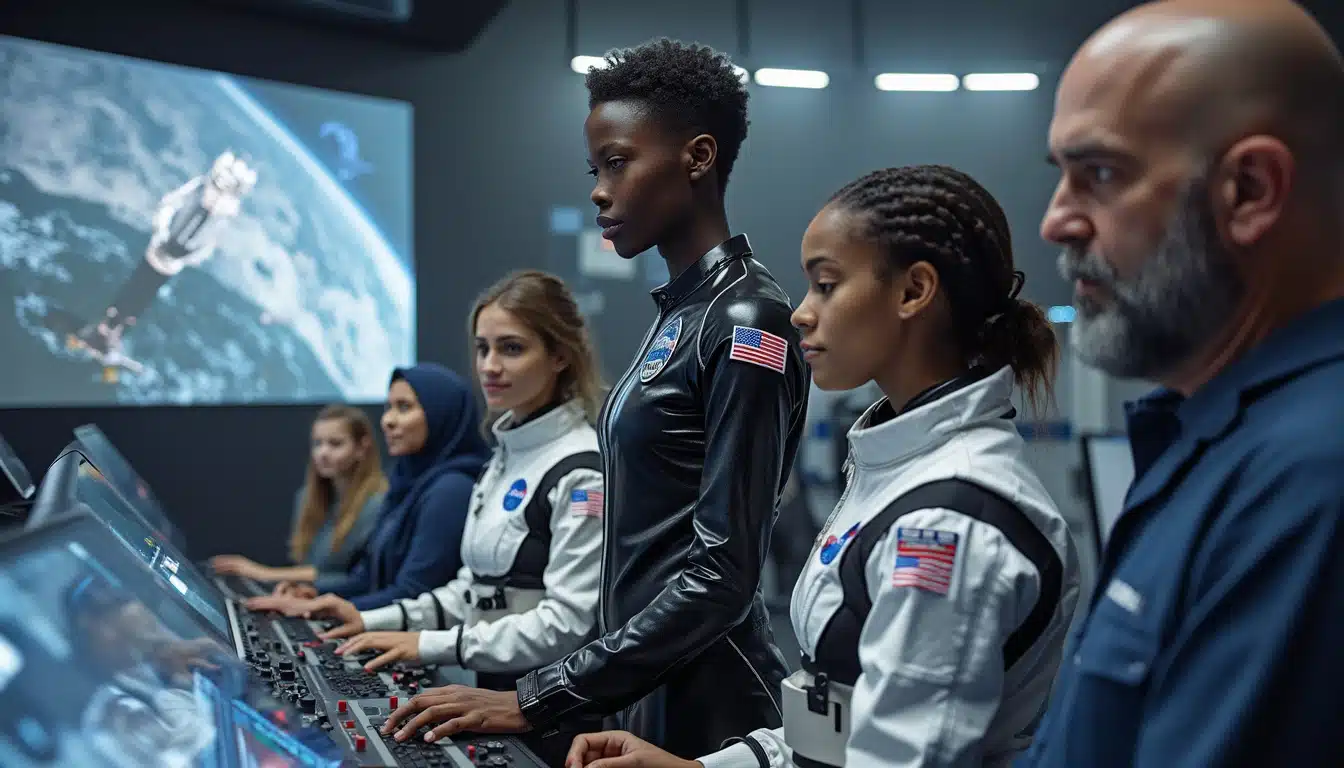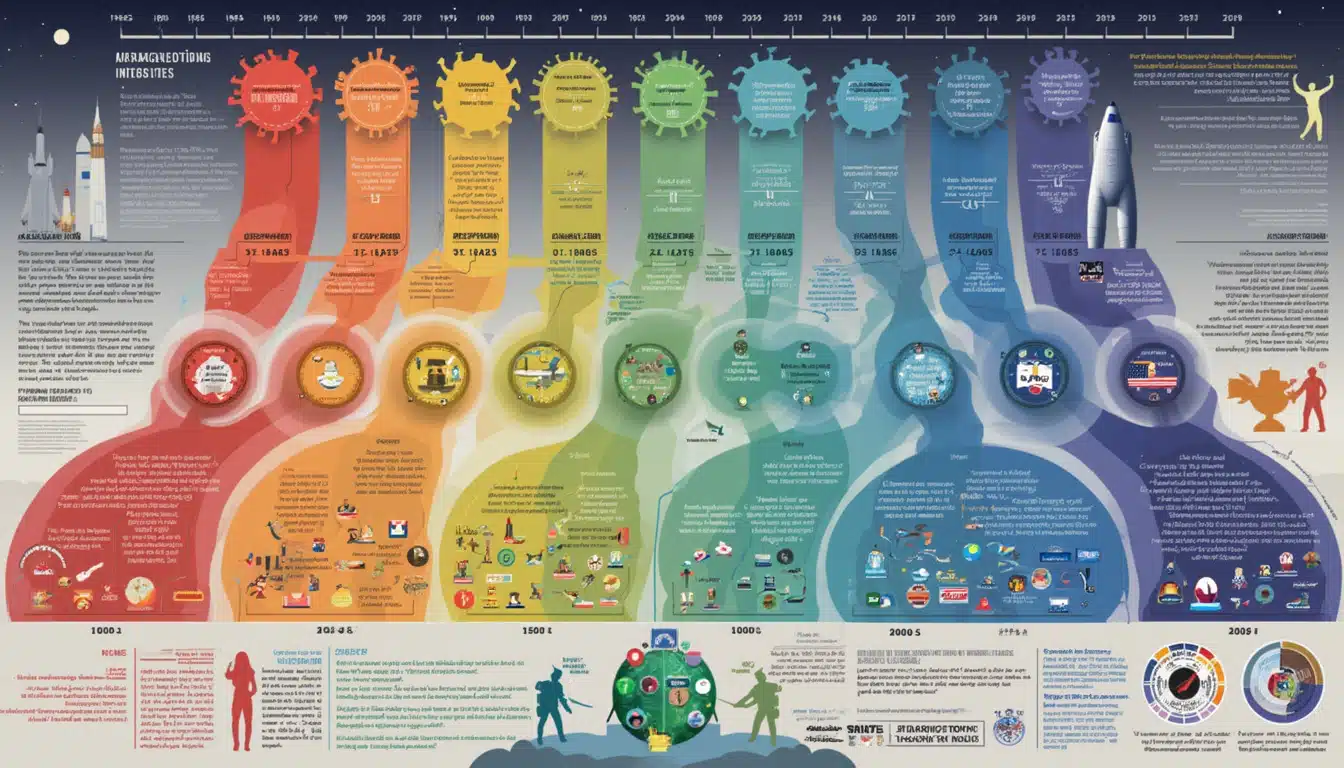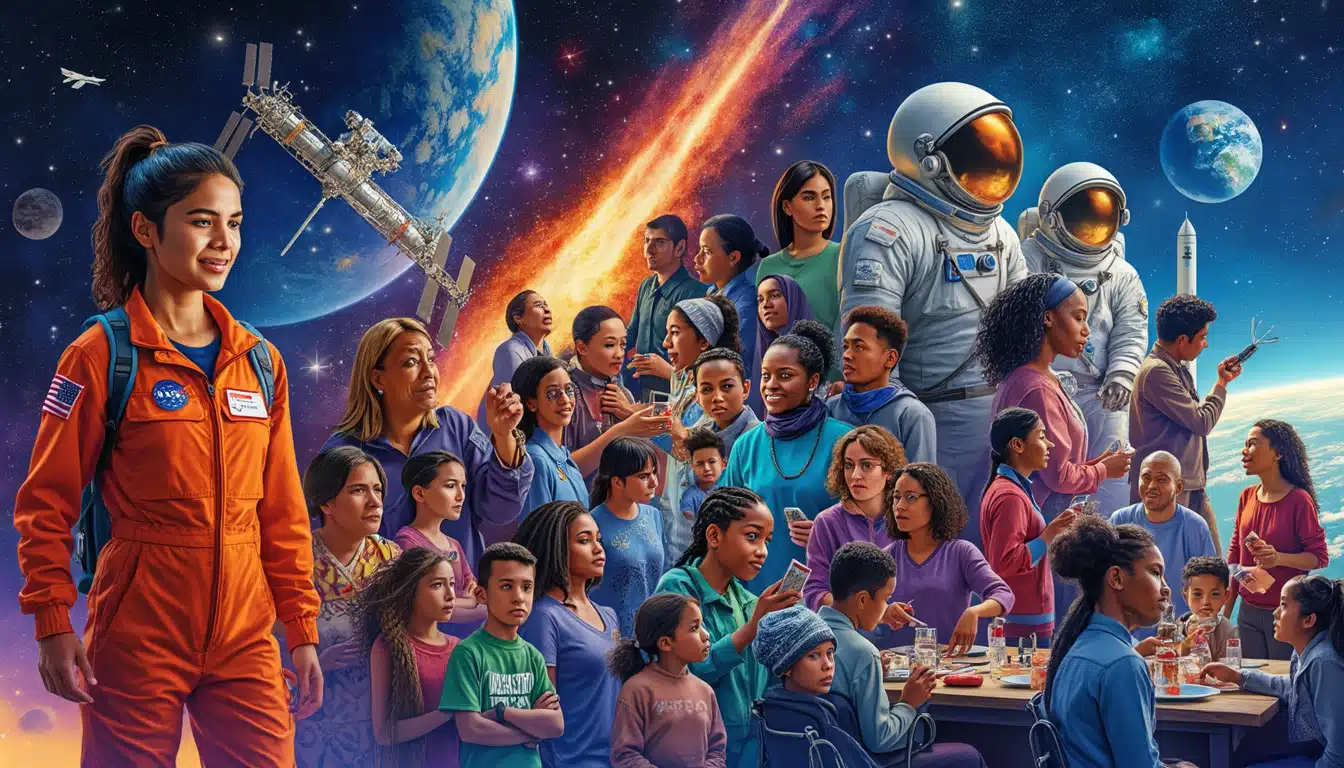The evolution of NASA’s astronaut hiring process shows how closely interwoven diversity, equity, and inclusion measures are with the agency’s identity. Over the decades, NASA has advocated for diversity within its ranks, aiming to create an astronaut corps that mirrors the multifaceted society from which it draws candidates. This commitment faces a pivotal crossroads as shifts in political leadership may threaten the progress made. Recent statements and actions aimed at dismantling diversity initiatives send ripples through NASA’s hiring protocols, raising questions about the future of its astronaut selections.
The Legacy of Diversity in NASA’s Astronaut Selection
Since its inception, NASA’s astronaut selection has gradually been redefined to encompass a wide spectrum of backgrounds. The most recent group, NASA Astronaut Group 23, was selected from over 12,000 applicants in early 2022. This marked a crucial milestone in a history where astronaut selections were predominantly confined to white males from military backgrounds. Indeed, from the first cohort in 1978, it has been essential to include women and underrepresented ethnicities in subsequent selections.
Efforts have been made to ensure that the astronaut corps reflects American society’s diversity. As Duane Ross, a former director of NASA’s astronaut selection office, stated, having diverse candidates was not just beneficial but essential for the agency’s mission and image. The myriad skills, perspectives, and problem-solving approaches that come with a diverse team bring unparalleled value to their endeavors in space.

The Shift Under Political Pressure
The space agency has recently experienced tensions relating to its diversity initiatives due to changing political climates. During Trump’s first presidency, efforts to promote initiatives geared towards D.E.I. began to attract scrutiny, an environment where federal entities were instructed to eliminate hiring practices linked with diversity factors. This directive puts NASA in a position that might conflict with its traditional approach, creating dilemmas on how to operate within new constraints.
The executive order from January 2023 bans consideration of diversity factors in the hiring of federal employees. This has raised significant concerns within NASA regarding compliance with the directive, as many have noted that the astronaut selection process historically isn’t entirely blind to factors such as race and gender.
The Impact of Executive Orders on NASA
The ramifications of executive orders on various sectors are often profound, and NASA is no exception. Under the new guidance, there’s a well-founded fear among employees that NASA may begin to pivot away from its commitment to include people from diverse backgrounds.
Strategically, NASA aims to use team-oriented recruitment practices. This process fosters collaboration not only during selection but also throughout the astronaut’s training and missions. By seeking a mix of experiences and perspectives, NASA ensures that they cultivate a team equipped to face the challenges of space exploration – a notion that could be stymied if diversity initiatives are dismantled.

Recruitment Challenges in a Changing Landscape
The pursuit of astronaut candidates has never been straightforward. NASA typically sees thousands of applications with each astronaut class, which leads to challenges in ensuring a thorough and unbiased selection process. As they gear up for the next selection round, where over 8,000 applicants are vying for inclusion, the implications of moving away from hiring diversity are even more significant. The potential loss of a diverse candidate pool could hinder NASA’s long-term goals.
Additionally, new pressures from the current administration carry risks for workplace morale among employees striving for equity within the agency. Disturbances within NASA not only reflect on the agency itself but also on national identity, especially when regarded as a beacon of innovation and exploration.
The Role of Public Perception and Industry Standards
NASA’s decision-making extends beyond internal protocols; public perception plays a critical role. The space agency’s efforts to diversify its astronaut corps have been met with enthusiasm by many who see it as a step toward inclusivity in fields traditionally lacking representation. This engagement impacts public interest and support for funding.
According to various surveys, many citizens appreciate seeing leadership in innovation tied closely to diverse leadership. Public support enhances the political viability of maintaining robust funding and support for NASA, yet jeopardizing its diversity might lead to broader societal impacts beyond the agency.

The Future of NASA’s Astronaut Selection
As the landscape continues to change, the future of astronaut selection remains uncertain. Conversations surrounding how to adapt the hiring process while adhering to executive orders without compromising the values of diversity and inclusion are essential. Many advocates within NASA and beyond emphasize the long-term value of a representative astronaut corps.
Internal memos suggest concern among employees regarding the potential erasure of hard-earned progress in diversity initiatives. Such conversations serve as a reminder of the dynamic between agency commitment and external pressures from policy changes.
Conclusion: Navigating Future Challenges
NASA’s dedication to advancing space exploration lies at the heart of America’s aspirations beyond Earth. However, navigating the challenges created by political changes will require a delicate balance. Within this transitional period, ensuring that diversity continues to characterize the astronaut family will not only enrich NASA but will bolster its image as an agency committed to innovation.





Leave a Reply